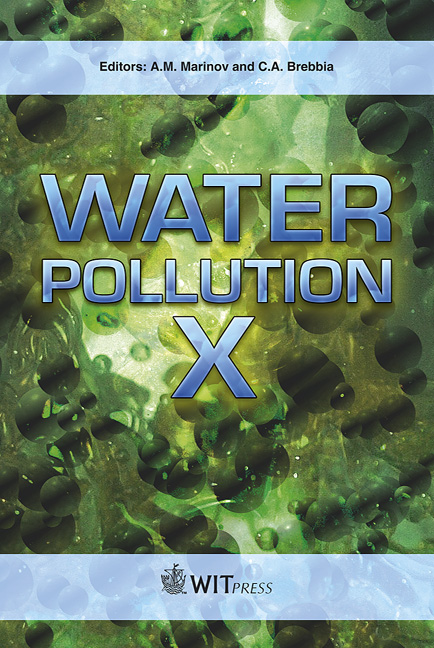Modelling Of An Upflow Anaerobic Sludge Blanket Reactor
Price
Free (open access)
Transaction
Volume
135
Pages
10
Page Range
301 - 310
Published
2010
Size
323 kb
Paper DOI
10.2495/WP100261
Copyright
WIT Press
Author(s)
R. Rodriguez & L. Moreno
Abstract
A model describing both physical and biological processes in Upflow Anaerobic Sludge Blanket (UASB) reactors was developed. The main objective of the modelling was to take into account the transient growth of the microorganisms from the start-up of the reactor until a steady state is reached. In addition, the model considers the degradation of the substrate and its reaction with the biomass, which is present in the form of spherical granules of different sizes. For the degradation of the substrate within the granule, the mass transport through the stagnant film around the granule and the intra-particle diffusion are accounted for, together with the specific reaction rate. In the model, the growth of the biomass follows the Contois kinetics. The amount of biomass reaches a steady state after weeks or months. Biomass is generated when substrate is degraded and a given fraction of biomass disappears per unit of time, which is determined by the decay constant. The value of this constant is taken from the literature. The model also considers that a fraction of the biomass may be carried out by the water flow. The model was solved by using COMSOL Multiphysics. Data from the literature was used in order to illustrate the processes occurring in the UASB reactor. Modelling can be a useful tool for the design and optimization of UASB reactors. Keywords: UASB, COMSOL multiphysics, Contois model. 1 Introduction Biological anaerobic treatment is extensively used to treat wastewater containing high levels of organic matter. Many environmental studies focus on the
Keywords
UASB, COMSOL multiphysics, Contois model





